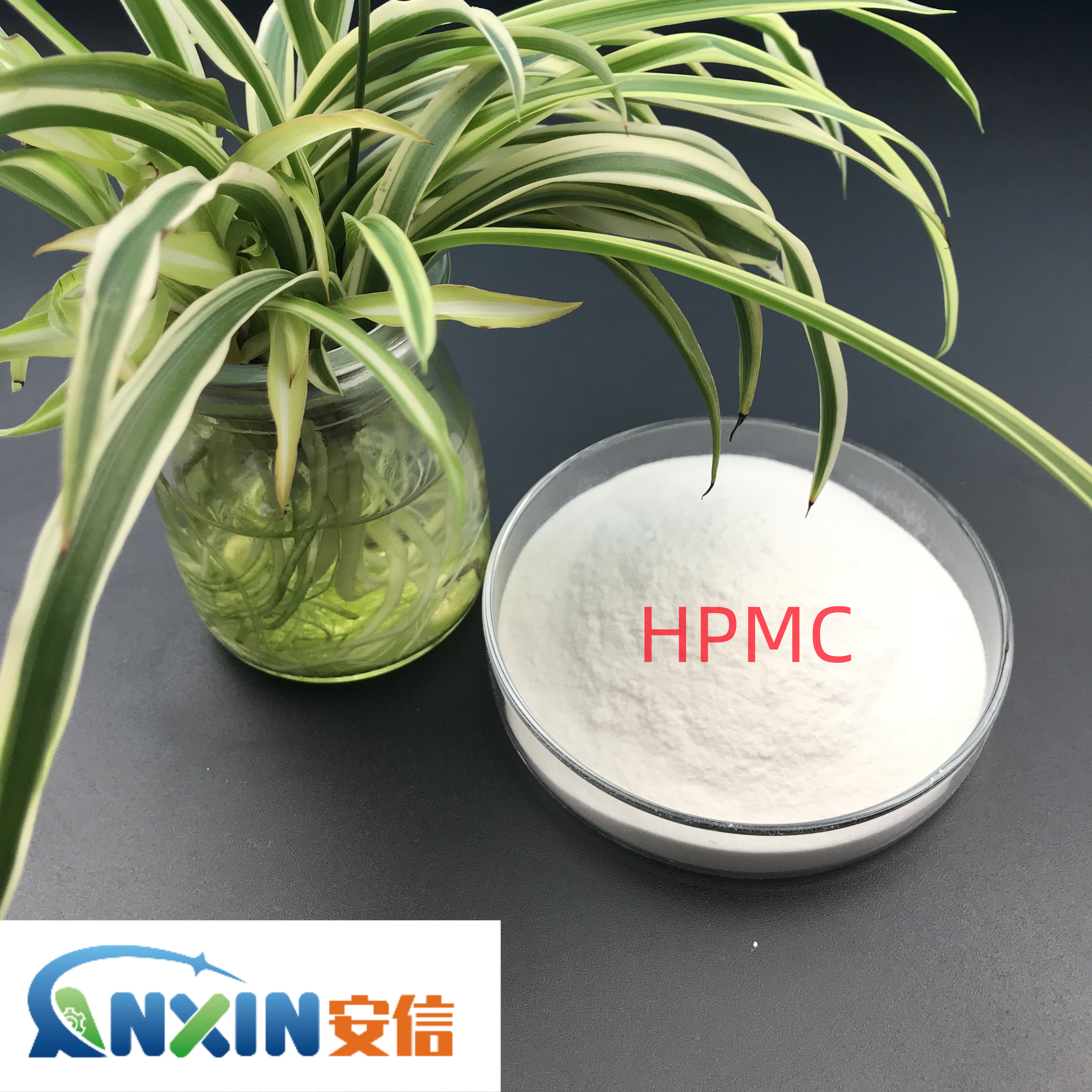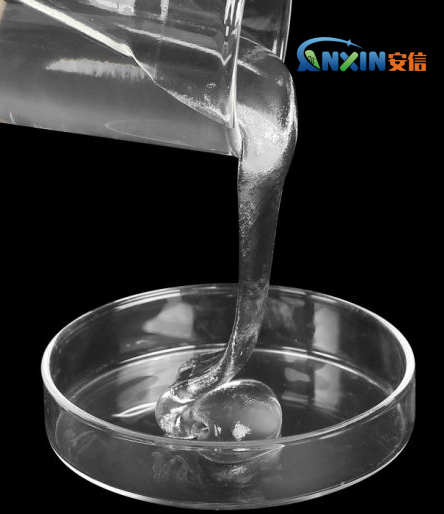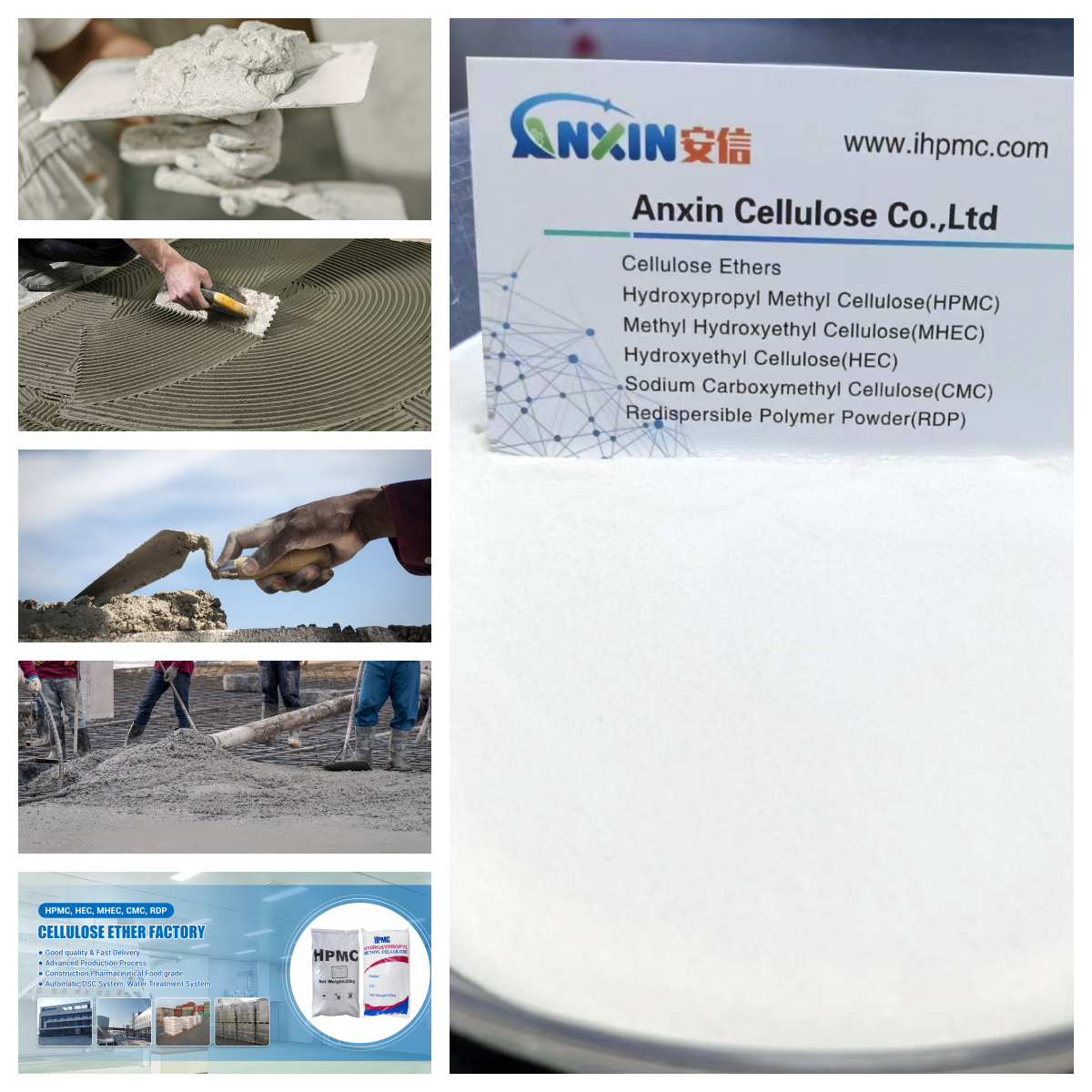Hydroxypropyl methylcellulose (HPMC) is a water-soluble polymer compound commonly used in the industrial and medical fields, and has a wide range of application values, such as in drug controlled release, food processing and building materials. The chemical reactions in its fermentation process are mainly related to the degradation and modification of cellulose and the metabolic activities of microorganisms. In order to better understand the chemical reactions of HPMC in the fermentation process, we first need to understand its basic structure and the degradation process of cellulose.

1. The basic structure and properties of hydroxypropyl methylcellulose
HPMC is a derivative obtained by chemical modification of natural cellulose (Cellulose). The backbone of its molecular chain is glucose molecules (C6H12O6) connected by β-1,4 glycosidic bonds. Cellulose itself is difficult to dissolve in water, but by introducing methyl (-OCH3) and hydroxypropyl (-C3H7OH) groups, its water solubility can be greatly improved to form a soluble polymer. The modification process of HPMC generally includes the reaction of cellulose with methyl chloride (CH3Cl) and propylene alcohol (C3H6O) under alkaline conditions, and the resulting product has strong hydrophilicity and solubility.
2. Chemical reactions during fermentation
The fermentation process of HPMC usually depends on the action of microorganisms, which use HPMC as a carbon source and nutrient source. The fermentation process of HPMC includes the following main stages:
2.1. Degradation of HPMC
Cellulose itself is composed of glucose units connected, and HPMC will be degraded by microorganisms during the fermentation process, first decomposed into smaller usable sugars (such as glucose, xylose, etc.). This process usually involves the action of multiple cellulose degrading enzymes. The main degradation reactions include:
Cellulose hydrolysis reaction: The β-1,4 glycosidic bonds in cellulose molecules will be broken by cellulose hydrolases (such as cellulase, endocellulase), producing shorter sugar chains (such as oligosaccharides, disaccharides, etc.). These sugars will be further metabolized and utilized by microorganisms.
Hydrolysis and degradation of HPMC: The methyl and hydroxypropyl substituents in the HPMC molecule will be partially removed by hydrolysis. The specific mechanism of the hydrolysis reaction is not yet fully understood, but it can be speculated that in a fermentation environment, the hydrolysis reaction is catalyzed by enzymes secreted by microorganisms (such as hydroxyl esterase). This process leads to the breakage of HPMC molecular chains and the removal of functional groups, ultimately forming smaller sugar molecules.

2.2. Microbial metabolic reactions
Once HPMC is degraded into smaller sugar molecules, microorganisms are able to convert these sugars into energy through enzymatic reactions. Specifically, microorganisms decompose glucose into ethanol, lactic acid or other metabolites through fermentation pathways. Different microorganisms may metabolize HPMC degradation products through different pathways. Common metabolic pathways include:
Glycolysis pathway: Glucose is decomposed into pyruvate by enzymes and further converted into energy (ATP) and metabolites (such as lactic acid, ethanol, etc.).
Fermentation product generation: Under anaerobic or hypoxic conditions, microorganisms convert glucose or its degradation products into organic acids such as ethanol, lactic acid, acetic acid, etc. through fermentation pathways, which are widely used in different industrial processes.
2.3. Redox reaction
During the fermentation process of HPMC, some microorganisms may further transform intermediate products through redox reactions. For example, the production process of ethanol is accompanied by redox reactions, glucose is oxidized to produce pyruvate, and then pyruvate is converted into ethanol through reduction reactions. These reactions are essential for maintaining the metabolic balance of cells.

3. Control factors in the fermentation process
During the fermentation process of HPMC, environmental factors have an important influence on chemical reactions. For example, pH, temperature, dissolved oxygen content, nutrient source concentration, etc. will affect the metabolic rate of microorganisms and the type of products. Especially temperature and pH, the activity of microbial enzymes may vary significantly under different temperature and pH conditions, so it is necessary to accurately control the fermentation conditions to ensure the degradation of HPMC and the smooth progress of the metabolic process of microorganisms.
The fermentation process of HPMC involves complex chemical reactions, including the hydrolysis of cellulose, the degradation of HPMC, the metabolism of sugars, and the generation of fermentation products. Understanding these reactions not only helps to optimize the fermentation process of HPMC, but also provides theoretical support for related industrial production. With the deepening of research, more efficient and economical fermentation methods may be developed in the future to improve the degradation efficiency of HPMC and the yield of products, and promote the application of HPMC in biotransformation, environmental protection and other fields.
Post time: Feb-17-2025